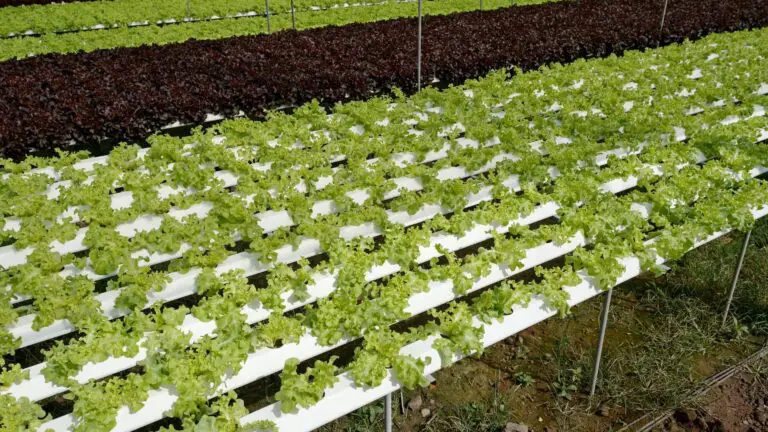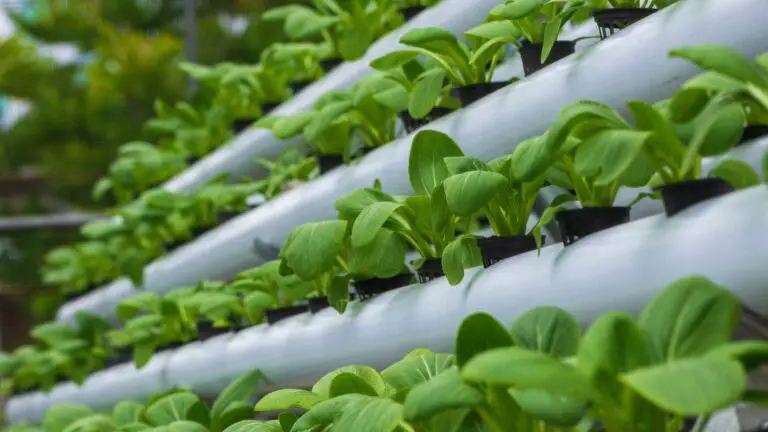Fixed hole spacing in NFT hydroponics is a mistake.
The distance between holes in an NFT system is crucial in hydroponics. But the right size depends on many factors. The plant type, maturity, and hydroponic system design all matter.
Here’s our verdict.
The ideal spacing between plants requires experimentation. The clever solution is to design an NFT with placeholder holes. As your crop grows, you can adjust the distance between them.
In NFT hydroponic systems, there isn’t a fixed ideal hole space.
There is a Dilemma of Fixed Spacing
Fixed spacing in NFT systems can be a risk. While it might work perfectly for a particular crop, it could spell disaster for many.
The unyielding nature of fixed holes leaves little room for adjustment as your plants mature. This rigid setup can lead to overcrowded channels, stifling the growth and productivity of your crops.
Moreover, it only allows the grower the flexibility to switch between different types of crops if the chosen plants have similar spatial needs.
NFT design should accommodate a variety of crops
There are Space-Hungry Green Giants
Some plants are notorious for their space needs. Tomatoes, cucumbers, and peppers, for instance, tend to spread out as they grow, demanding a larger territory.
These plants have a broader leaf spread and a more extensive root system, necessitating a generous spacing arrangement. The more room these plants have, the better they flourish.
Therefore, a one-size-fits-all spacing strategy would hardly suit a diverse crop selection, especially when including these larger, more expansive plants in your NFT hydroponic system.
The Ingenuity of Adjustable Spacing in NFT Systems
Designing an NFT system with adjustable spacing is like handing a painter a palette with an array of colors; it opens up a world of possibilities.
By incorporating placeholder holes, growers can fine-tune the spacing per the plants’ growth stages, ensuring each green dweller has enough room to thrive while optimizing the use of space.
This innovative approach not only accommodates different plant types but also allows for a seamless transition between different crop cycles. The adjustable spacing design is indeed an intelligent move towards nurturing a more flexible and productive hydroponic garden, where the plants get to stretch out, and the growers get to experiment with a varied plant selection.
Conclusion
The journey from seed to harvest in hydroponics is a meticulously choreographed dance, and the spacing in NFT systems sets the stage for it. With adjustable spacing, growers can effortlessly tailor the setup to meet the evolving needs of their leafy performers, ensuring a bountiful and harmonious harvest.



